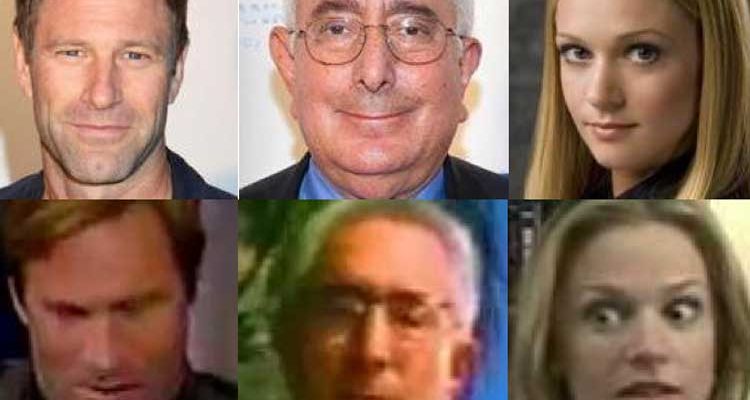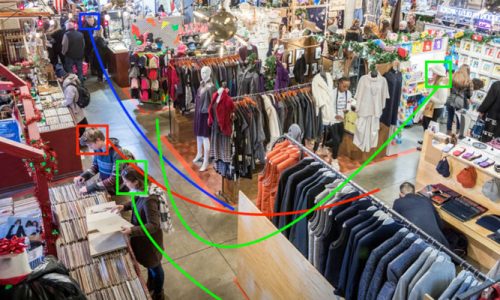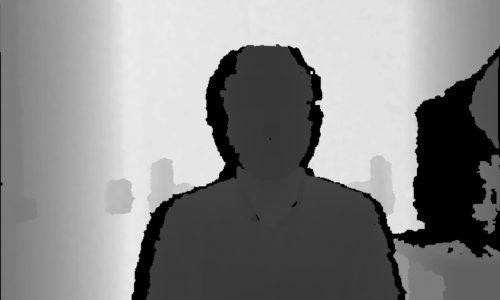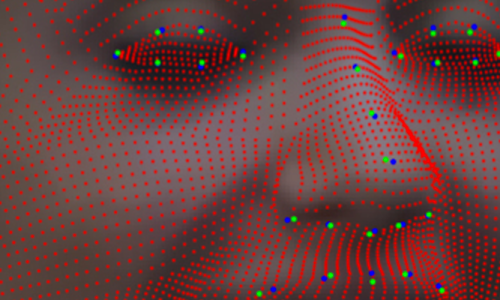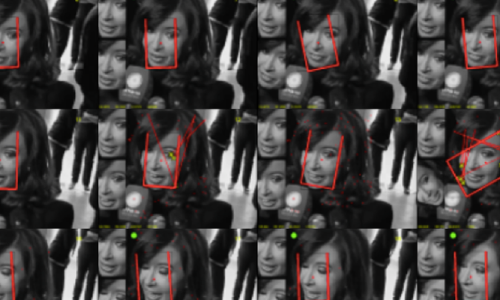Details
Abstract: a large consensus has been reached in the research community that Deep Convolutional Neural Networks can provide the right tool perform effective face recognition in real and challenging scenarios. Indeed, breakthrough results have been recently obtained in most of the existing benchmarks, for which performance are saturating. The proposed Extended-YouTube Faces (E-YTF) is an extension of the famous YouTube Faces (YTF) dataset and is specifically designed to further push the challenges of face recognition by addressing the problem of open-set face identification from heterogeneous data.
By filling the following form you will be provided with the download link. Please help us in keeping track of the dataset downloads in case of updates, error corrections etc. Thanks for your cooperation.
12 Feb 2019: New corrected baseline results and additional evaluation metrics have been reported in the following arXiv preprint: (https://arxiv.org/pdf/1902.03804.pdf)
6 Feb 2019: The E-YTF data has been refined and updated to remove wrongly labeled images and incorrect identities. The new dataset now includes 668 individuals instead of 677, for a total of 37,311 images instead of 38,667. The evaluation splits have been regenerated, though the structure has been maintained the same for the users’ convenience. New baseline results will be reported as soon as possible.
Details: the dataset is composed of 38,667 still images of 677 identities; these are a subset of the 1595 identities of the original YTF dataset. The protocol defined is face identification, that is: given a query image ( or set of images ), search into a gallery of known individuals for the corresponding identity. The matching is performed between full video sequences (probe set) and templates of still images (gallery set).
There are two variants of the protocol:
- (1) closed-set, in which all the probe identities are present in the gallery and
- (2) open-set, in which probe identities might not have a mate in the gallery. The latter is much more challenging since the system first needs to detect if the probe identity exists in the gallery, then search for the correct one.
NB: the video sequences of the original dataset are not provided and can be downloaded from the original dataset website: https://www.cs.tau.ac.il/~wolf/ytfaces/
Publications: if you use this dataset and find it useful, please cite our paper and the original ytf one:
@inproceedings{ferrari2018eytf,
title={Extended YouTube Faces: a Dataset for Heterogeneous Open-Set Face Identification},
author={Ferrari, Claudio and Berretti, Stefano and Del Bimbo, Alberto},
booktitle={Pattern Recognition (ICPR), 2018 24th International Conference on},
year={2018},
organization={IEEE}
}@inproceedings{wolf2011face,
title={Face recognition in unconstrained videos with matched background similarity},
author={Wolf, Lior and Hassner, Tal and Maoz, Itay},
booktitle={Computer Vision and Pattern Recognition (CVPR), 2011 IEEE Conference on},
pages={529–534},
year={2011},
organization={IEEE}
}
